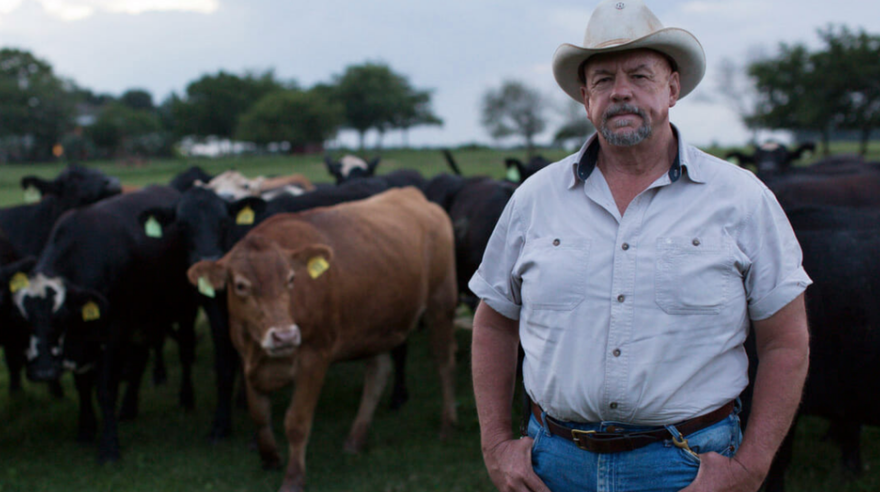by Abe Friedtanzer

There are many ways in which the COVID-19 pandemic has forever changed the world. Among the hardest-hit industries has been food, with in-person restaurants closed for an extended period of time and many typically available items scarcely found throughout the early months of the pandemic. The road to recovery has been a difficult one and has sadly forced many longtime establishments to shutter permanently. Festival Favorite documentary Food and Country, stopping at SXSW after its premiere at Sundance, looks at the deeper history of food in America and the tectonic shift that has recently happened.
Food writer Ruth Reichl is the guide for this educational journey, one that starts decades ago when quick cooking was advertised as the new hot thing...
Celebrity chefs like Julia Child and Alice Waters came along to show differing perspectives on fancy cuisine you could make at home, with Child making use of existing ingredients to conjure elaborate meals and Waters stressing that cooking with bad food isn’t going to result in good or healthy dishes. Now, restaurants that have closed during the pandemic must decide whether they can afford to reopen and if they may need to change their strategies altogether to provide food that matches the high prices they must charge to keep up with their rising costs.
 That financial strain is key to the thesis of this film, which is that there was both an arms race and a “farms race” where the best way to fight communism was determined to be readily available cheap food. Archive footage features President Richard Nixon boldly showing off to the Soviet Union the abundance the U.S. had to offer. The system that presently exists finds farmers borrowing at an alarming rate hoping to make enough back to end up whole, and bleak statistics cite farmers as closest to the lowest-paid group: restaurant workers. The intervention of the federal government in re-appropriating land from Black farmers has now resulted in an industry imbalance with more than ninety-five percent of farmers being made up of white people, another dispiriting element of this broken process.
That financial strain is key to the thesis of this film, which is that there was both an arms race and a “farms race” where the best way to fight communism was determined to be readily available cheap food. Archive footage features President Richard Nixon boldly showing off to the Soviet Union the abundance the U.S. had to offer. The system that presently exists finds farmers borrowing at an alarming rate hoping to make enough back to end up whole, and bleak statistics cite farmers as closest to the lowest-paid group: restaurant workers. The intervention of the federal government in re-appropriating land from Black farmers has now resulted in an industry imbalance with more than ninety-five percent of farmers being made up of white people, another dispiriting element of this broken process.
While this film presents many arguments that are based on facts and trends, it also does a good job of warmly getting to know the farmers, restaurant operators, and other knowledgeable personalities who are living this reality. Hearing from a wide variety of people who have taken the time to study the way that food works in America and the cracks in a system that may well beyond repair but doesn’t need to be is extremely worthwhile, and this documentary should be very enlightening for any audience. Its emphasis on a connection between the people and the land is powerful, and its inclusion of relatable subjects who want to be part of a solution is invigorating and involving. B+